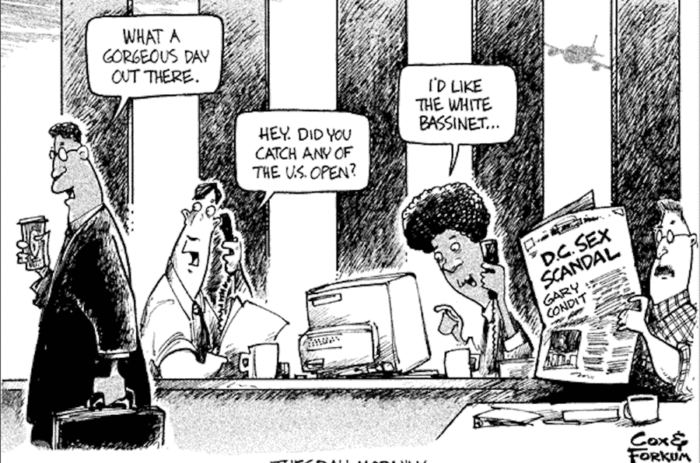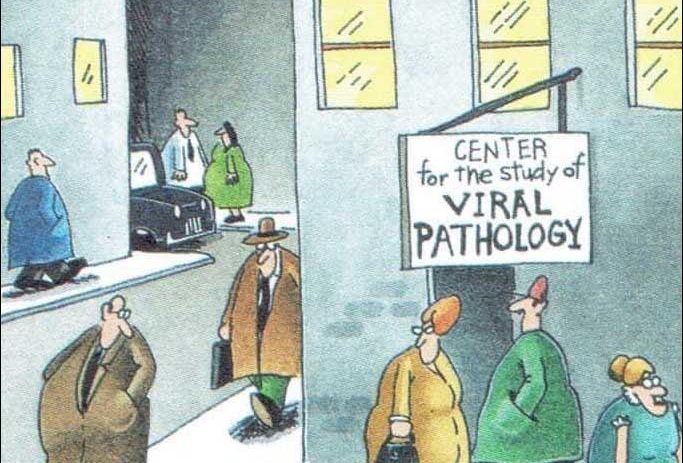print Print Cartoon
Questions
1. One of the types of humor an editorial cartoonist uses is irony. Irony is defined as when the opposite of what you expect to happen occurs. Describe the irony in this cartoon.
2. Do you agree with cartoonist Dana Summers’ assertion about the Left (progressives)? Explain your answer.
Background (ongoing news story to which this cartoon refers):
- Special Counsel Robert Mueller spent almost 2 years and at least $25 million investigating whether President Trump colluded in any way with Russia in the 2016 U.S. presidential election, despite the fact that there was no probable cause to believe any crime was committed by Trump or his campaign.
- After the lengthy, exhaustive investigation, the Special Counsel and his 17 lawyers as well as multiple aides found that there was no connection between Trump and Russia.
- Following their midterm takeover in the House, the Democrat-led judiciary committee announced a sweeping investigation into all aspects of pretty much everything Donald Trump has ever done, sending document requests to 81 individuals and organizations associated with the president.
- Congressional Democrats’ reason for the massive list of requests is that they are investigating alleged wrongdoing by the president. Congressman Gerry Nadler, head of the committee, has changed the narrative from collusion (none was found – it was a false accusation) to accusing the president of obstruction of justice. Despite a constitutional right to being innocent until proven guilty, Democrats are starting with the premise that Trump is guilty (of something) and working to find out what it is. The Democrats are just fishing – looking into every aspect of Trump’s dealings hoping they will find evidence of some crime, any crime.
Scroll down to the bottom of the page for the answers.

Cartoon by Dana Summers
Answers
1. The presumption of innocence is the legal principle that one is considered innocent unless proven guilty. … A judge or a jury is thus restrained and ordered by law to consider only actual evidence and testimony presented in court. The prosecution must, in most cases prove that the accused is guilty beyond reasonable doubt. If reasonable doubt remains, the accused must be acquitted.
–In this cartoon, as the jury finds the defendant guilty, you assume they have heard compelling evidence that proves he is so beyond a reasonable doubt. Instead, they have decided the case before it even begins.
2. Opinion question. Answers vary.



